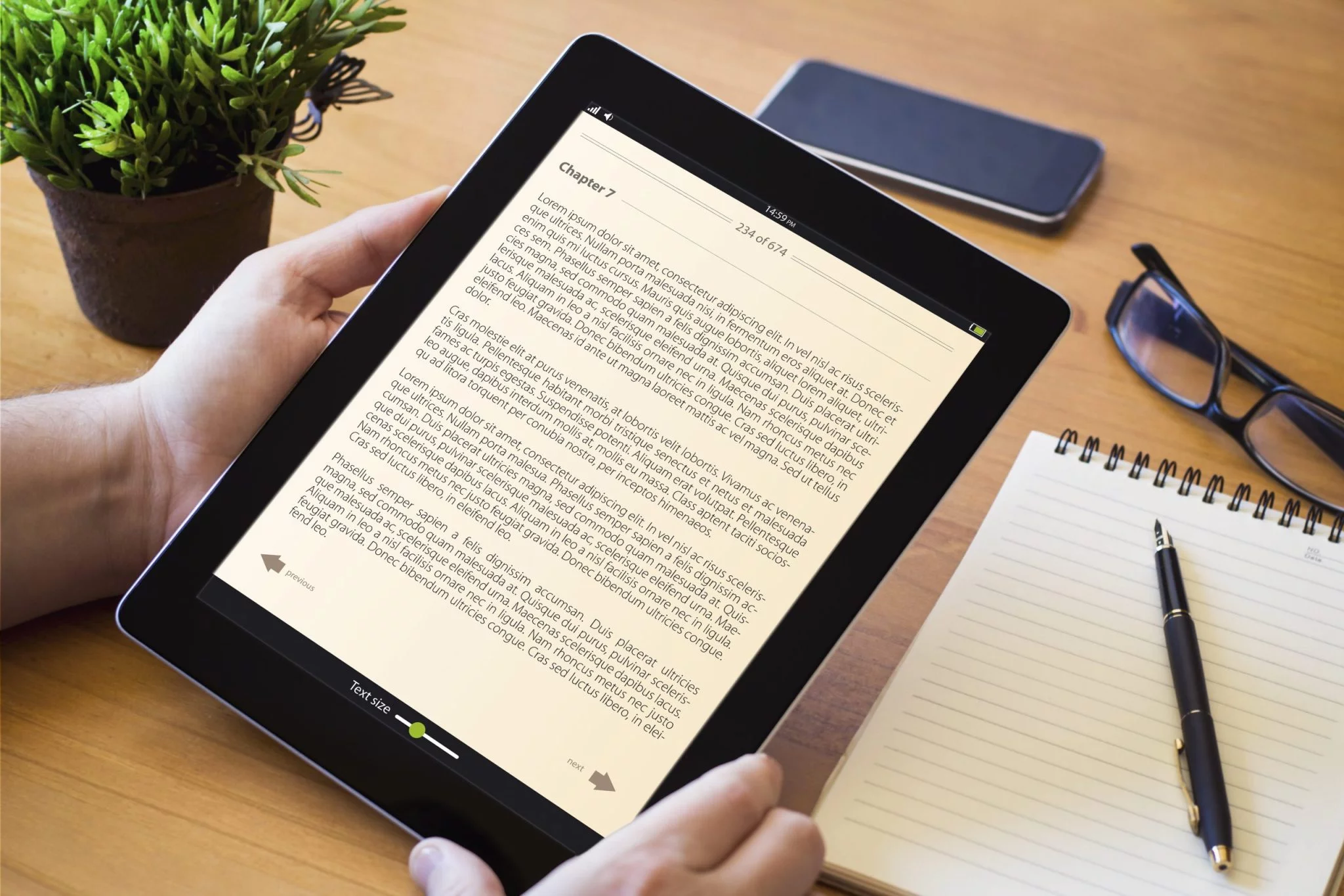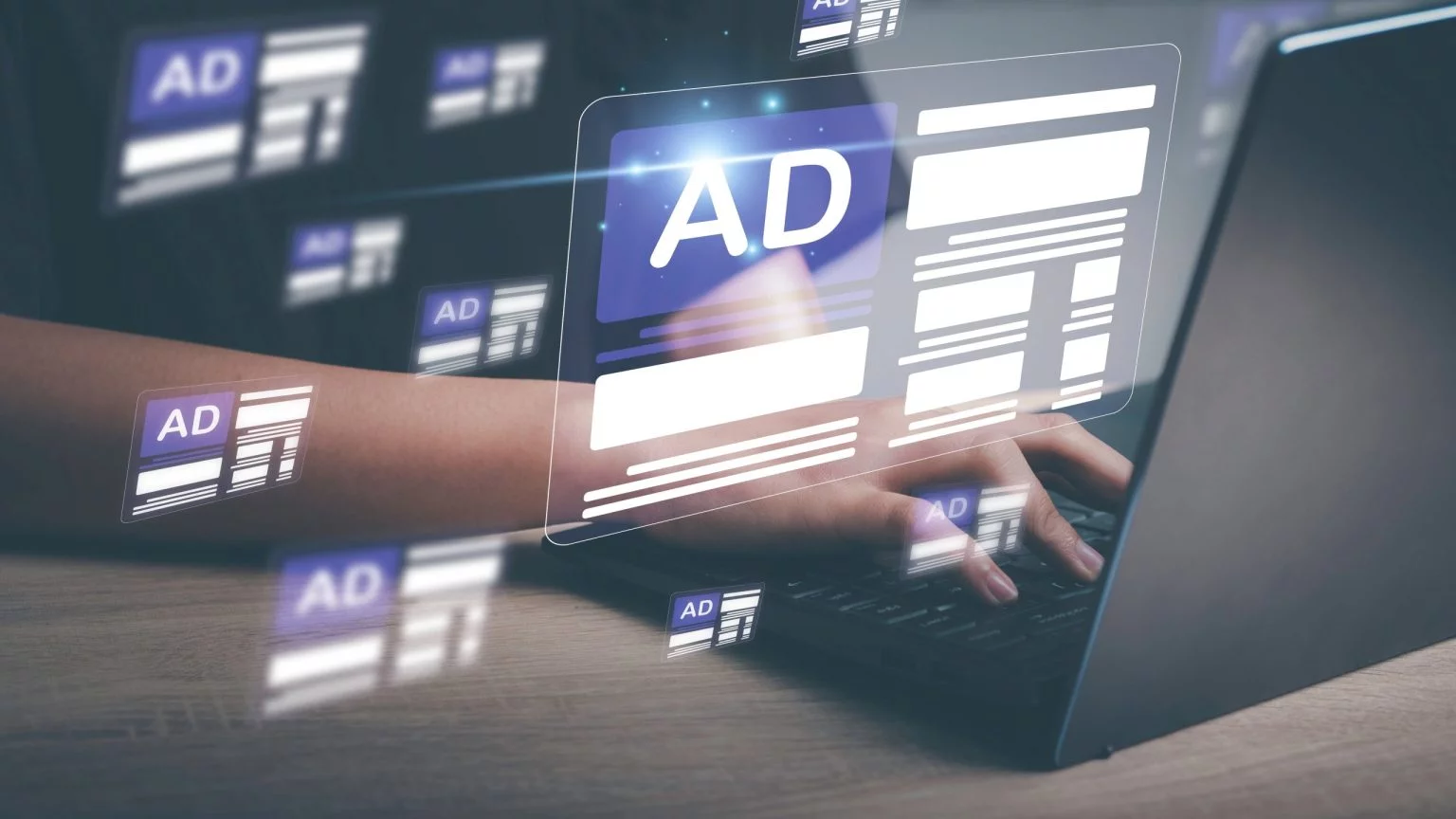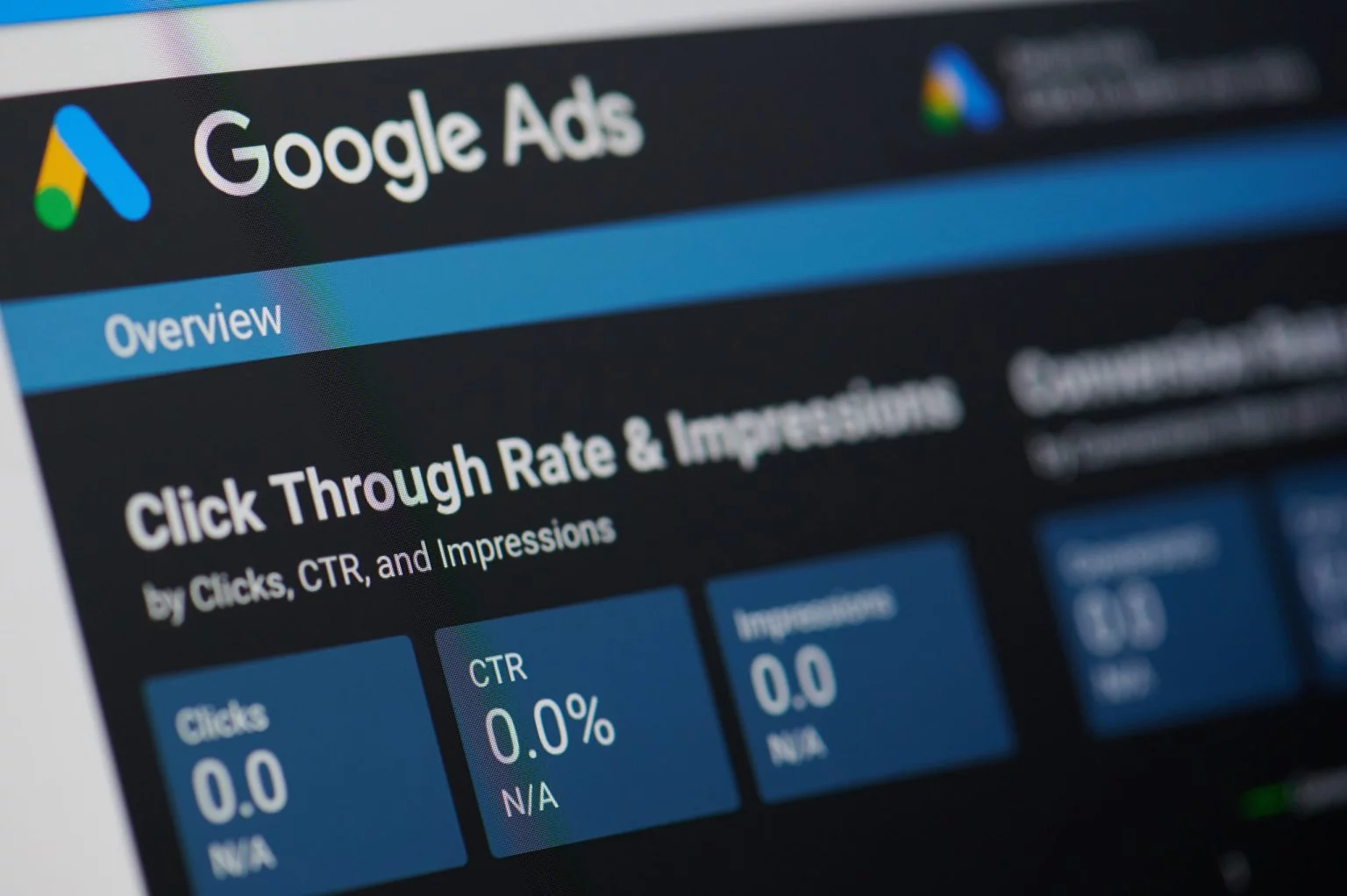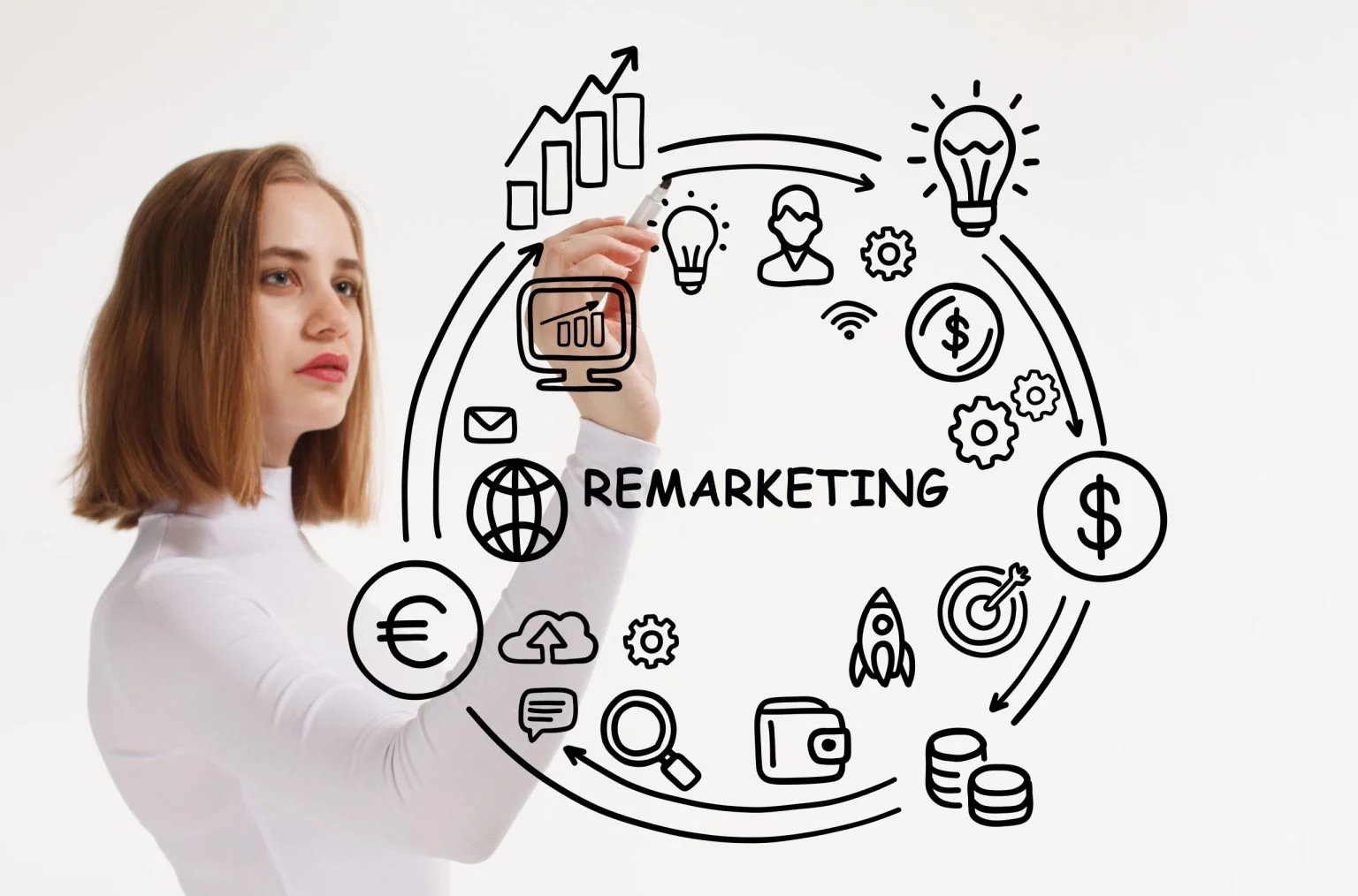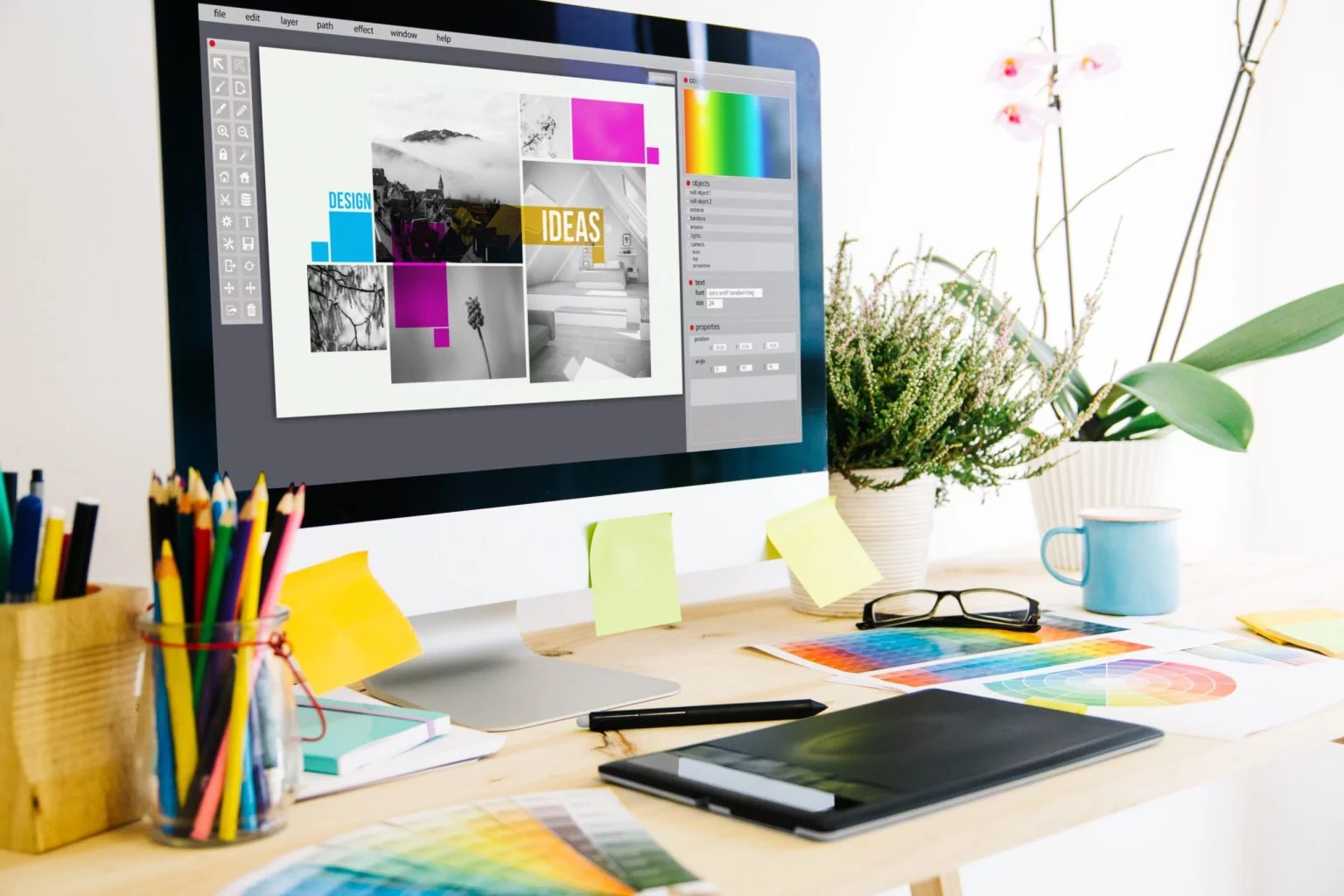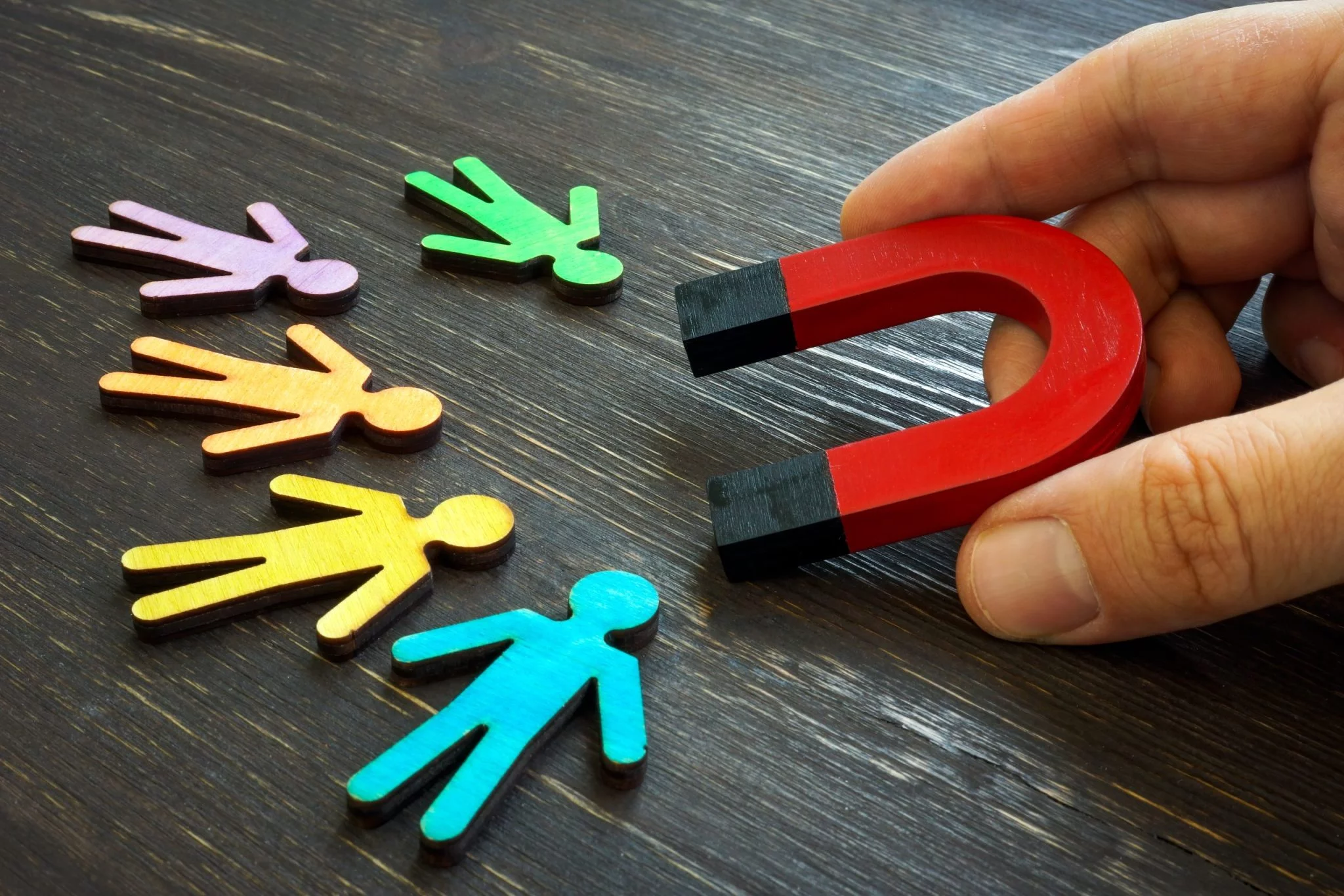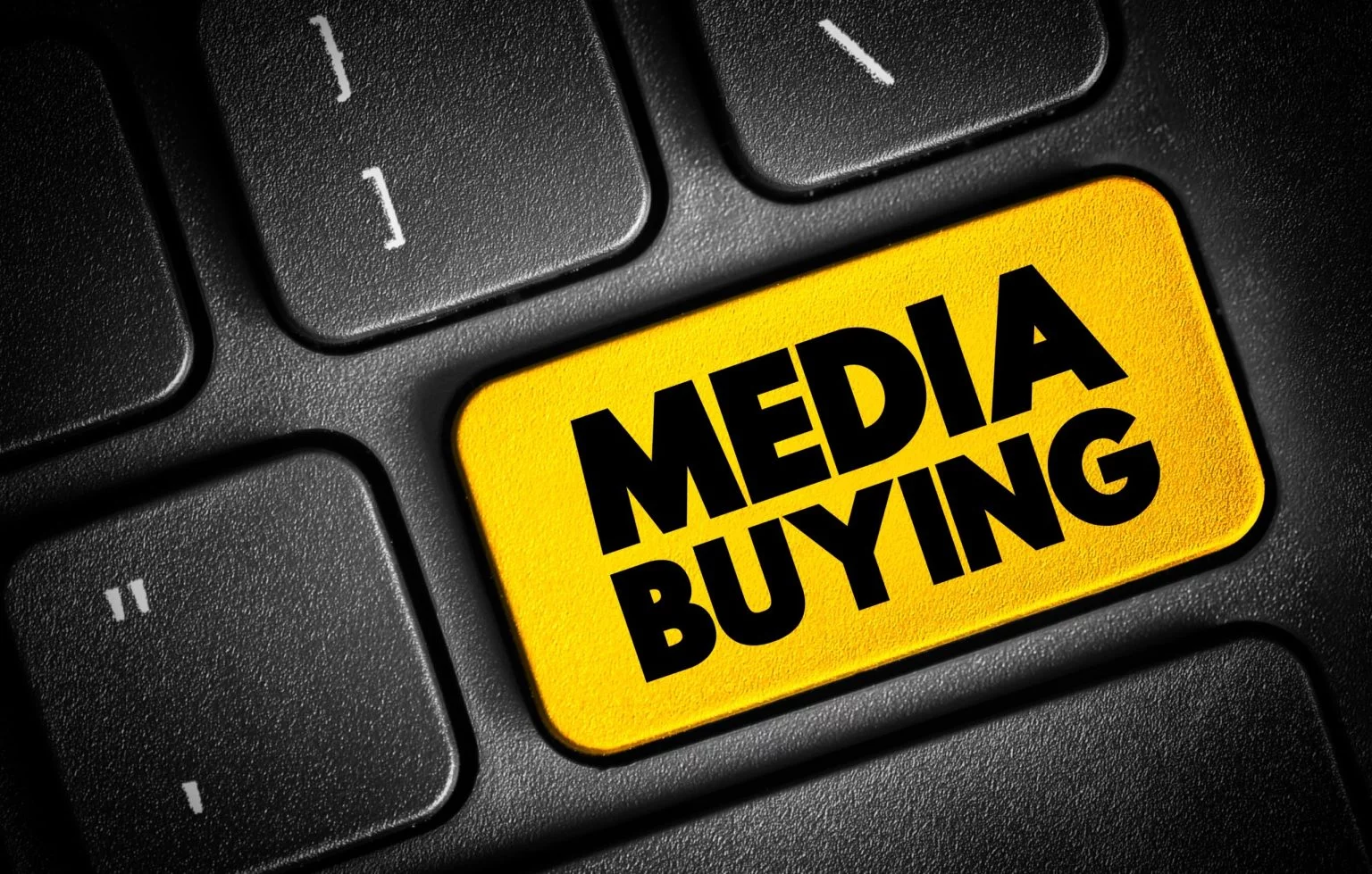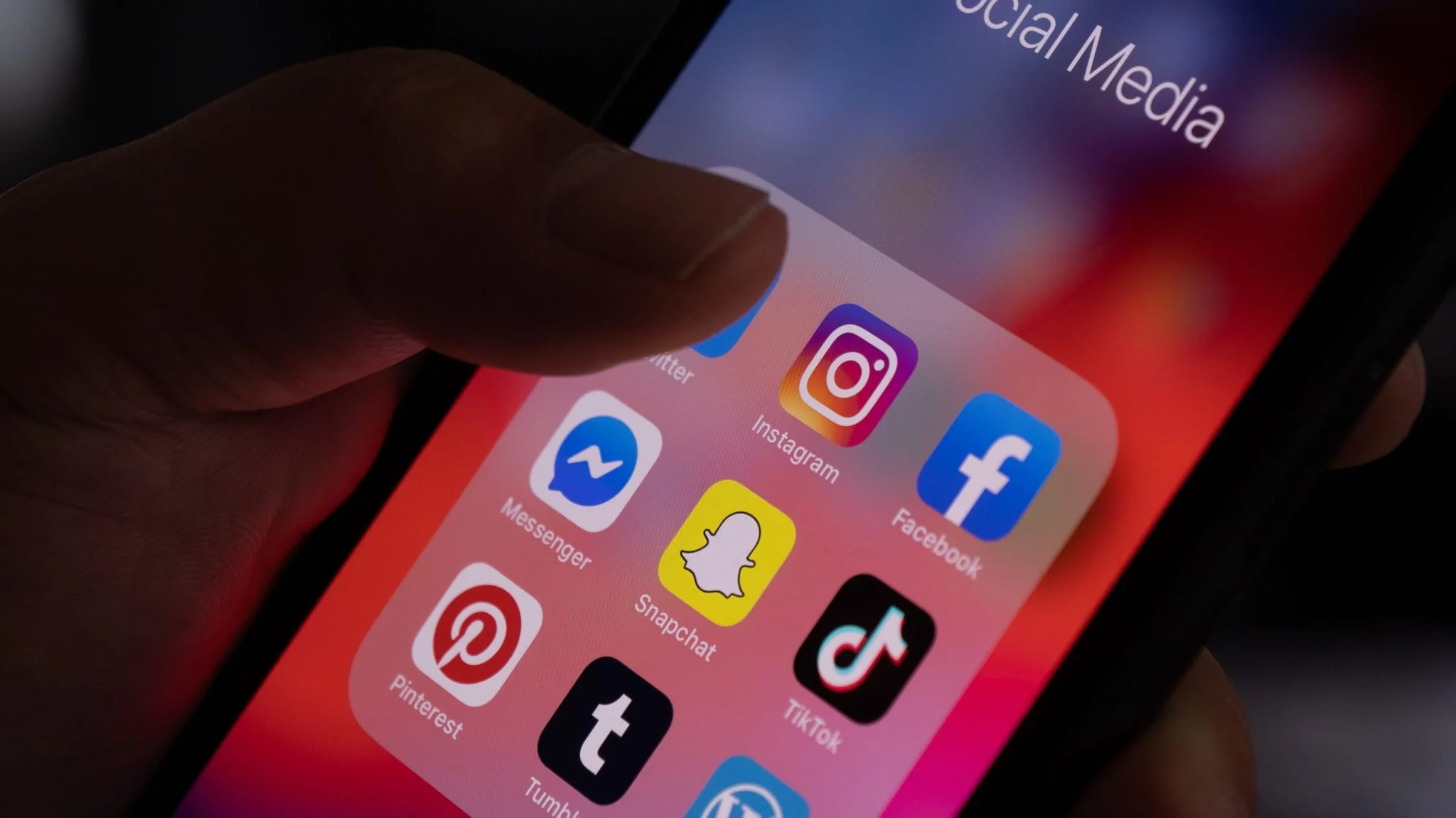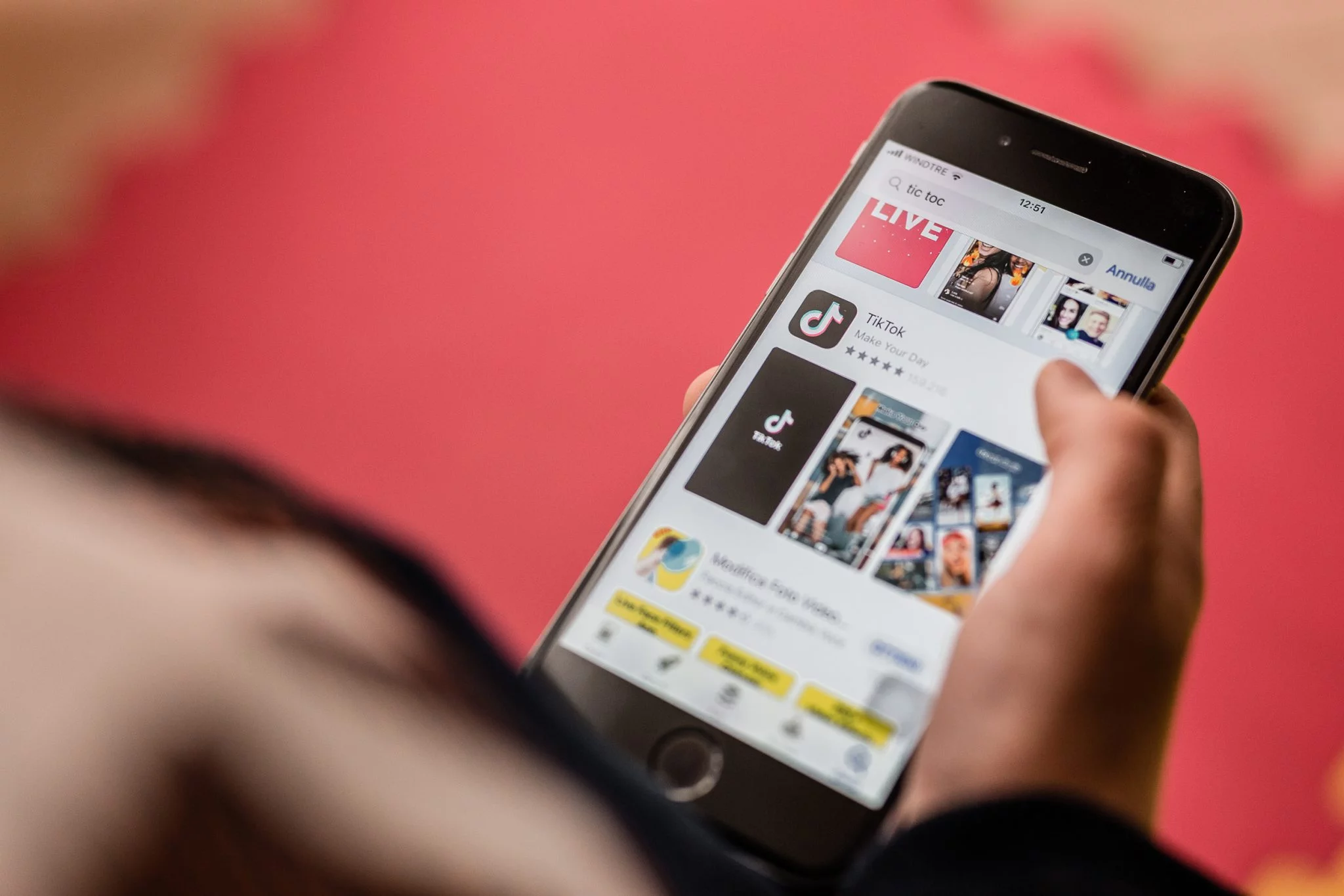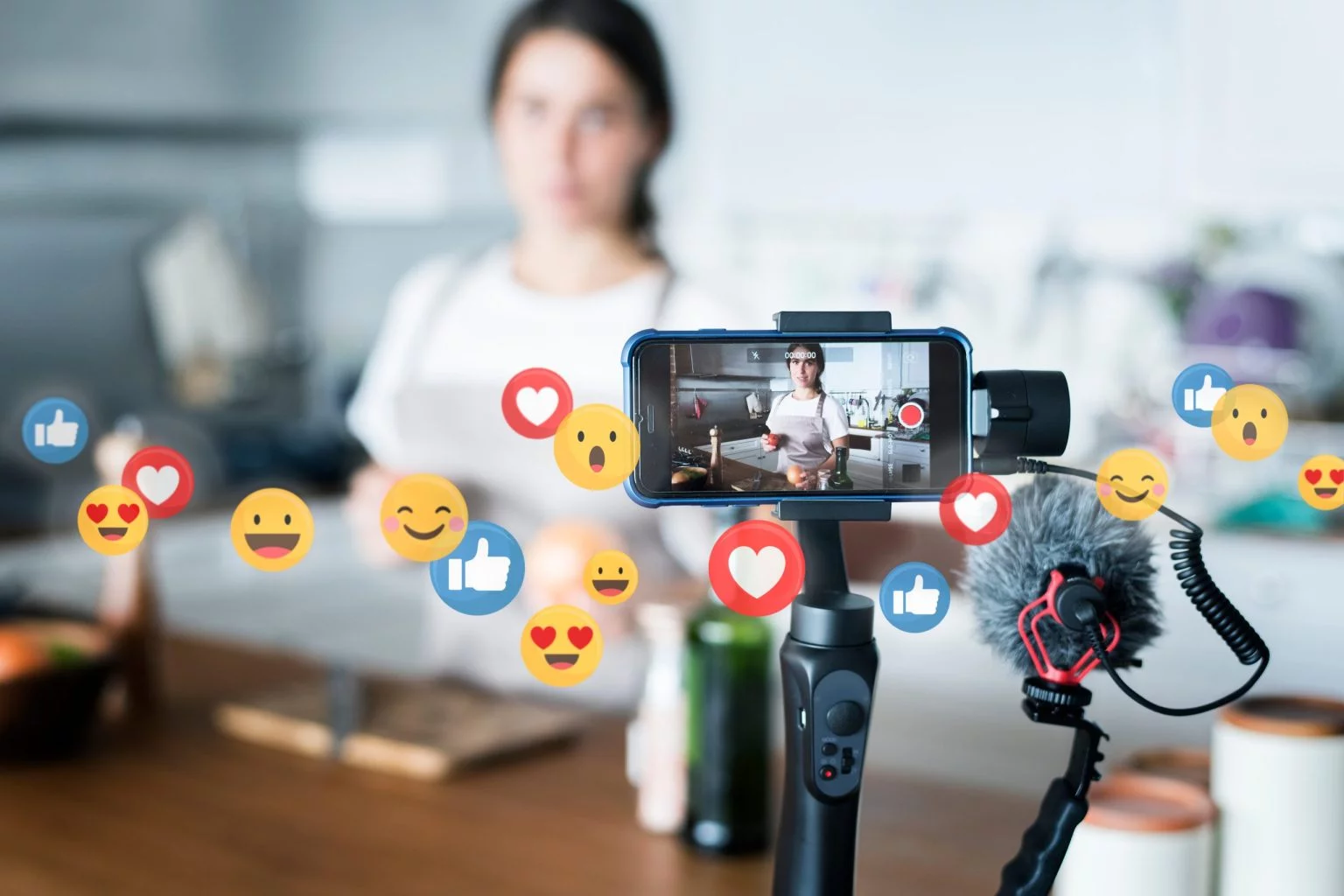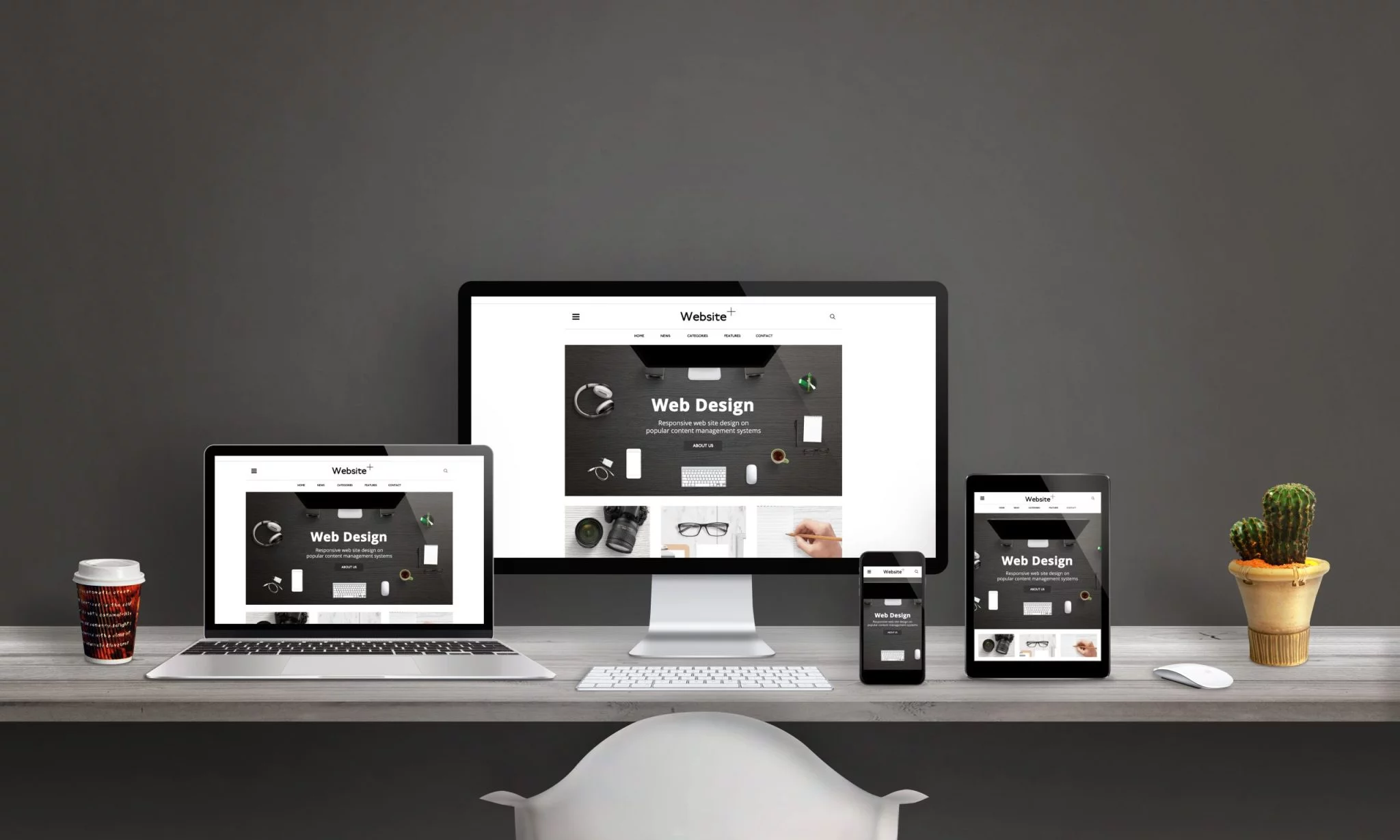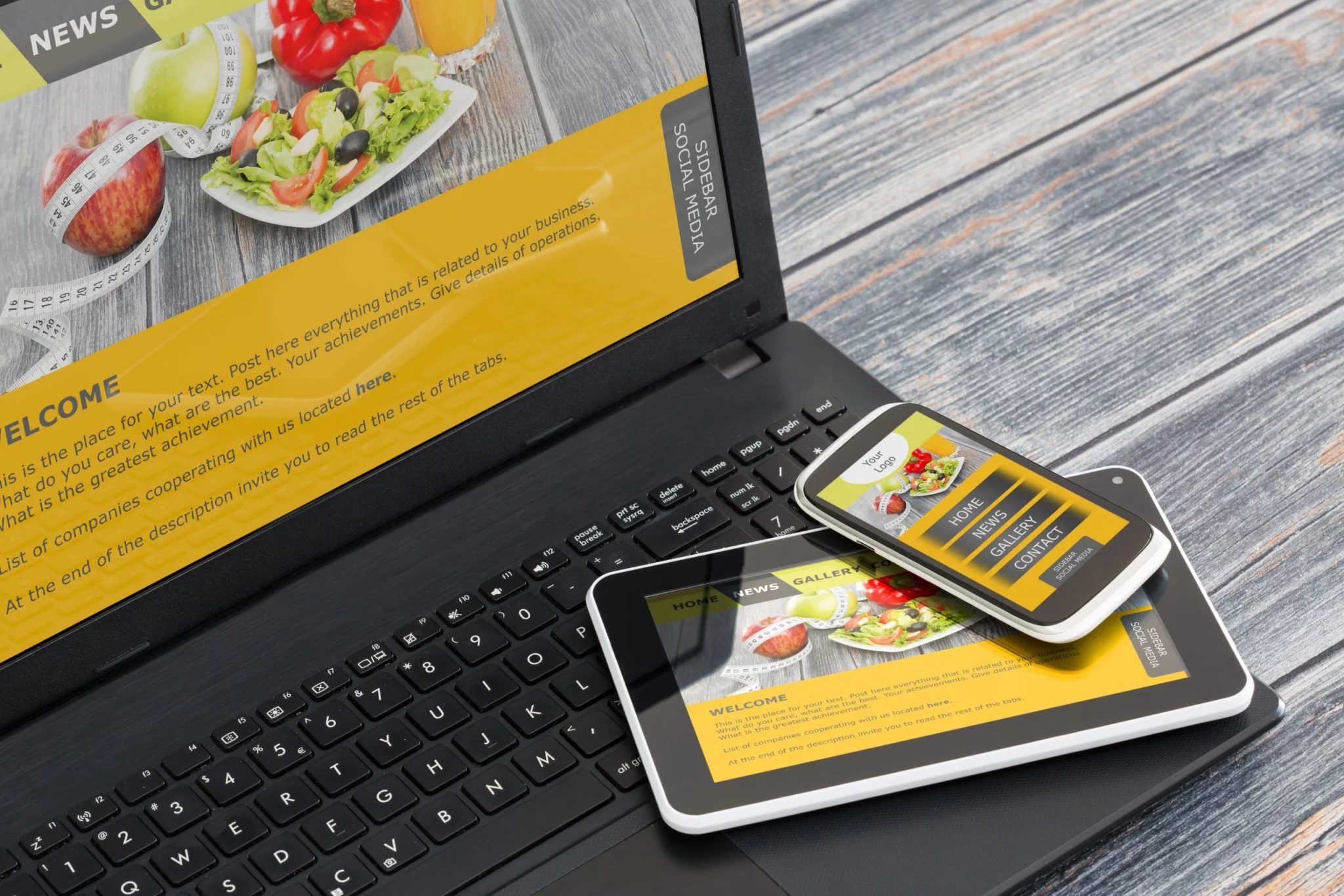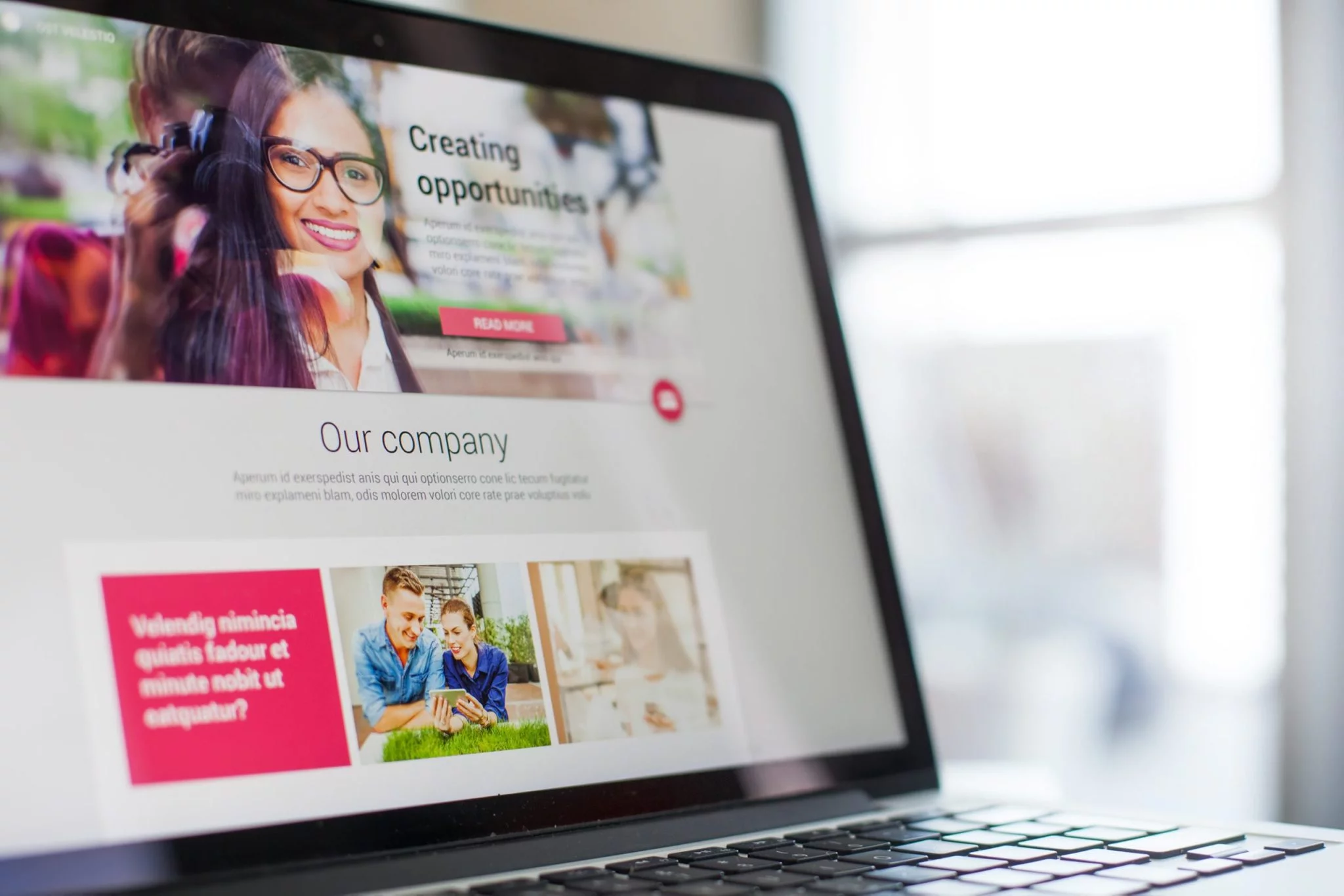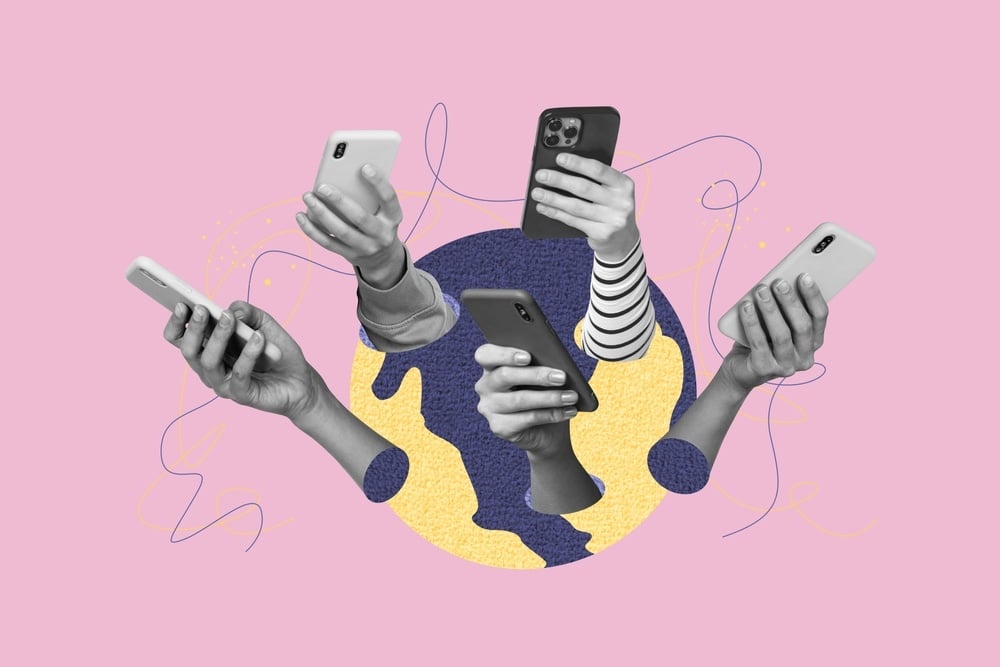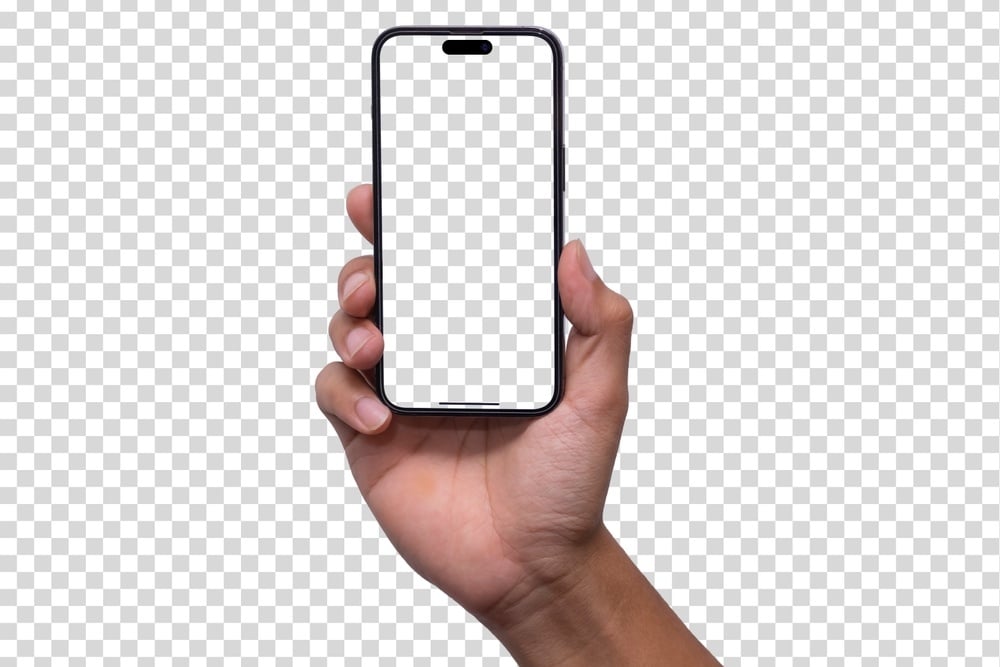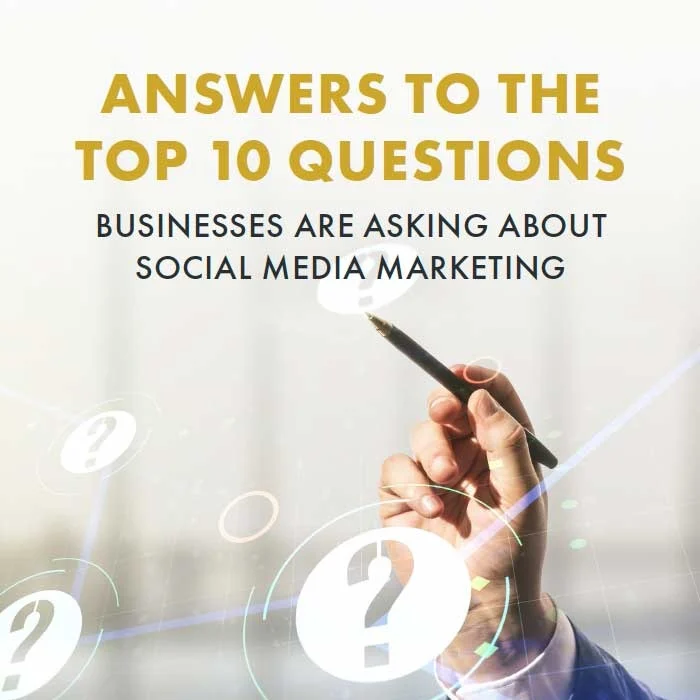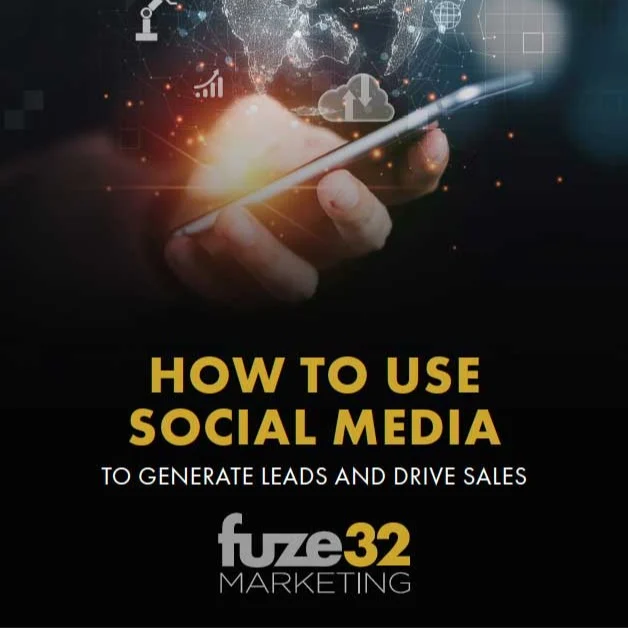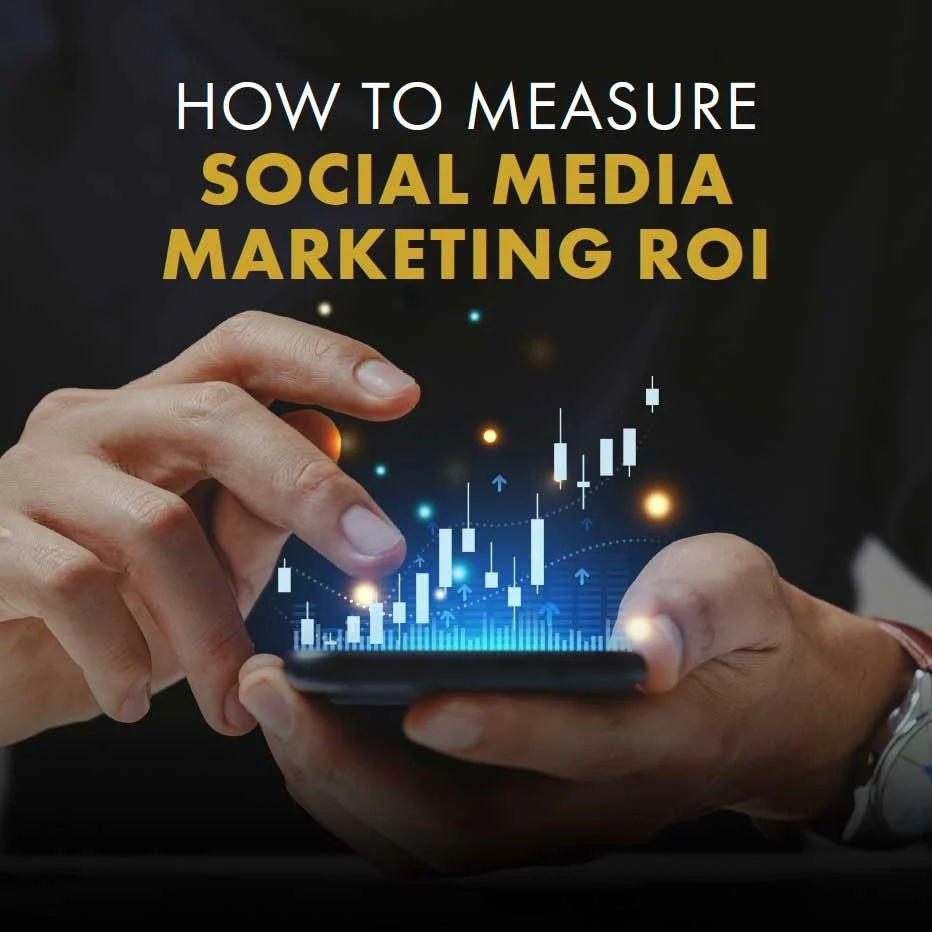In the new world of digital marketing and web design, having a strong brand personality is crucial to building a loyal customer base. But how do you communicate your brand’s personality via your website design? In this brief blog post, we’ll explore some essential elements of website design that can help you convey your brand’s unique personality.
Color Scheme
One of your website design's most critical visual elements is its color scheme. Different colors evoke different emotions, so choosing the right color palette is essential for communicating your brand’s personality.
- For instance, red is often connected with strong emotions such as love, enthusiasm, and vitality. But know that it also has the potential to make some people feel threatened or aggressive.
- Yellow is often linked with joy, hope, and sunshine, but it can also serve as a warning or sound an alarm.
- Blue is often identified with serenity, reliability, and steadiness, yet it should be noted that it can make some people feel lonely or depressed.
- And green represents renewal, tranquility, and the natural world. At the same time, jealousy and envy are two emotions it’s often associated with.
- Many people equate purple with high-end fashion, originality, and religion, but it can also evoke melancholy or even mournfulness.
- The color orange is often connected with feelings of exhilaration and vitality, but it can also signify hazards or danger.
- Black is often linked with refinement, power, and mystery, yet it might make some people anxious or melancholy.
- And finally, the color white has come to symbolize chastity, innocence, and tranquility. Still, it’s also capable of making viewers feel chilly and empty.
Remember that people’s interpretations of colors can be influenced by a broad array of factors, including their upbringing, social circle, and the media they consume. Try to consider the emotions and values that are important to your brand, and choose colors that reflect those qualities.
Typography
The typefaces you select for your website can also have a major effect on the tone and personality of your brand. Like colors, different font styles can convey different emotions and moods.
- Serif typefaces have a long history of representing professionalism, dependability, and authority. Formal documents like novels, newspapers, and academic writing often use them.
- Conversely, sans-serif typefaces are often linked with simplicity, informality, and the contemporary era. They’re widely used online, including blogs, social networking, and mobile applications.
- Script typefaces tend to be considered elegant, creative, and feminine; wedding invitations, designer labels, and high-end goods all leverage these associations.
- Display typefaces are considered bold, attention-grabbing, and whimsical, often seen in logos, headlines, and advertisements.
- Monospaced typefaces often convey regularity, reliability, and readability. Typical applications for them include data visualization, emulation of typewriters, and programming code.
- Handwritten typefaces have connotations of authenticity, individuality, and a relaxed tone. They’re often used on business cards, greeting cards, and other forms of welcoming collateral.
Think carefully about these associations, and choose a font that aligns with your brand’s personality and values.
Images and Graphics
Images and graphics on your website can convey your brand’s personality in a number of ways, considerably influencing how people view your business. They can strike an emotional chord with your target audience, deepening your relationship with them.
Using high-quality photos and graphics can improve your entire user experience and offer a positive first impression to visitors. Use striking visuals to set your company apart from the competition and reinforce its reputation for originality, creativity, and boldness.
For instance, images showing your team at work can convey a cooperative and encouraging atmosphere. A more serious and urgent tone can be achieved by using photographs of sad or angry people, whereas pictures of happy or joyful people can portray a more upbeat and hopeful mood.
Layout and Design
Your website’s visual design and layout are significant factors in establishing your brand’s identity. Your website's structure and style can subtly help tell its story. Brand personality traits such as sophistication, creativity, or playfulness can be reinforced through your website’s overall layout and design. These should provide visitors with a pleasant and exciting experience consistent with your brand’s values.
For instance, your website’s layout and design can strengthen your brand’s identity as genuine, inventive, or socially responsible with your target audience while striking an emotional chord. A simple and elegant layout could suggest refinement, while bold colors and patterns can radiate playfulness and fun.
Still, your website’s style should likely be user-friendly and straightforward to inspire confidence in your visitors. It should also be memorable and unique to set your brand off from the competition and reaffirm your company’s reputation. A disorganized or unclear design has the potential to send a wrong message about the importance you place on small details. Consider the tone and values of your brand when choosing a layout and design that will best communicate the qualities you desire to have represented.
Voice and Tone
Communicating your brand’s values and ethics to your target market relies heavily on the language and tone of the writing and how it's presented on your website. Maintaining a consistent brand voice throughout your marketing materials is essential, including the voice used on your website. A more serious brand may want to stick to businesslike language, while a more lighthearted one might want to use an informal tone. Try to use language that aligns with the values and personality of your brand.
An emotional connection can be struck with your website’s visitors by carefully considering how you want the text to sound. To set yourself apart from competitors and reaffirm your brand’s identity as inventive, creative, or daring, the tone of the material on your website should be original and distinctive.
A serious and urgent tone can instill a sense of significance and urgency, while a pleasant and upbeat one may foster optimism and hope. Overall, the tone of the information on your website should be as upbeat and exciting as your brand is. If you want to appear friendly and trustworthy, try adopting a tone that’s kind and helpful rather than condescending and dismissive.
Conclusion
In summary, your website design and content can be an effective tool for communicating your brand’s personality. The more you think through your site’s color scheme, typography, images and graphics, layout and design, and voice and tone, the more successful it will be.


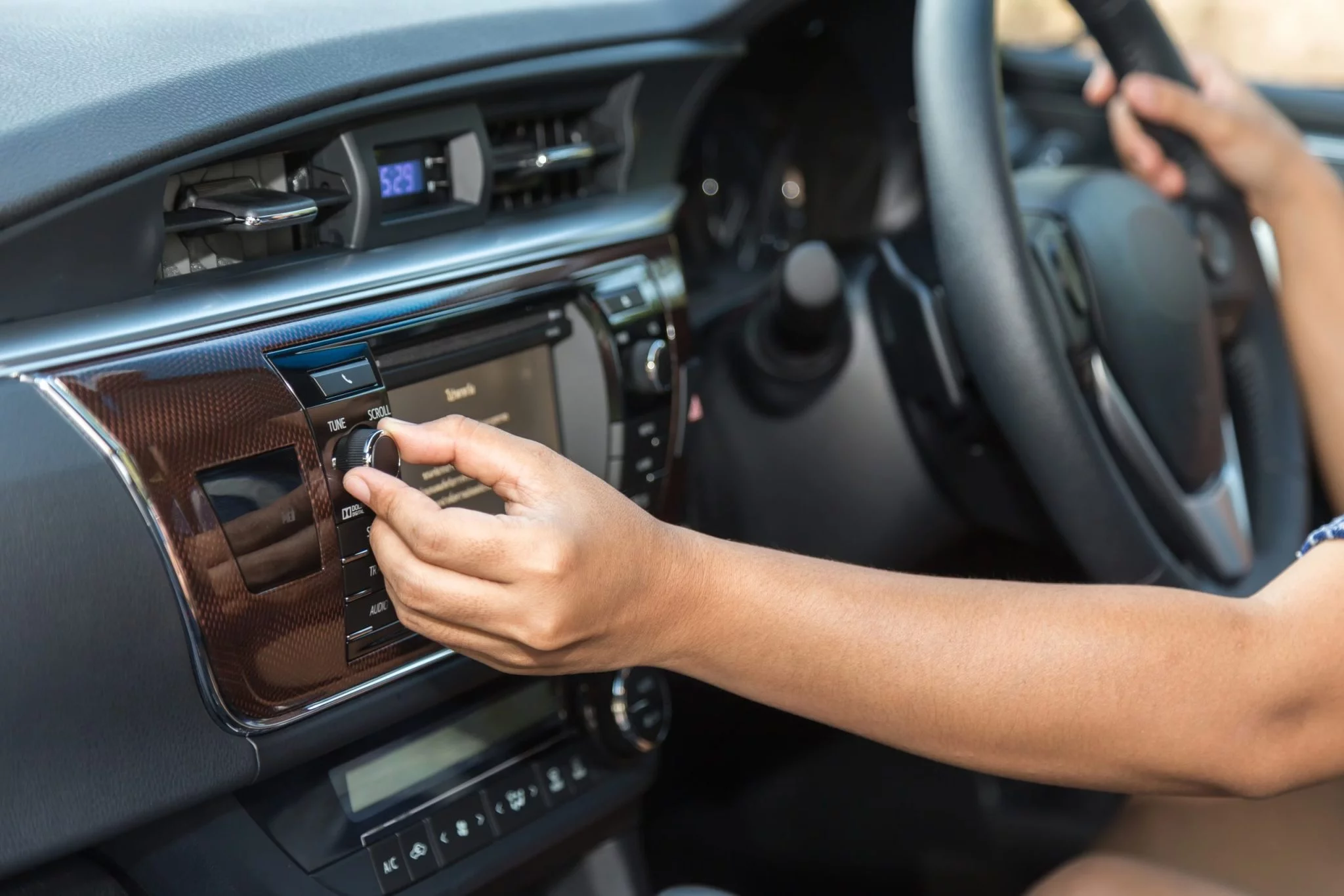
.webp)


